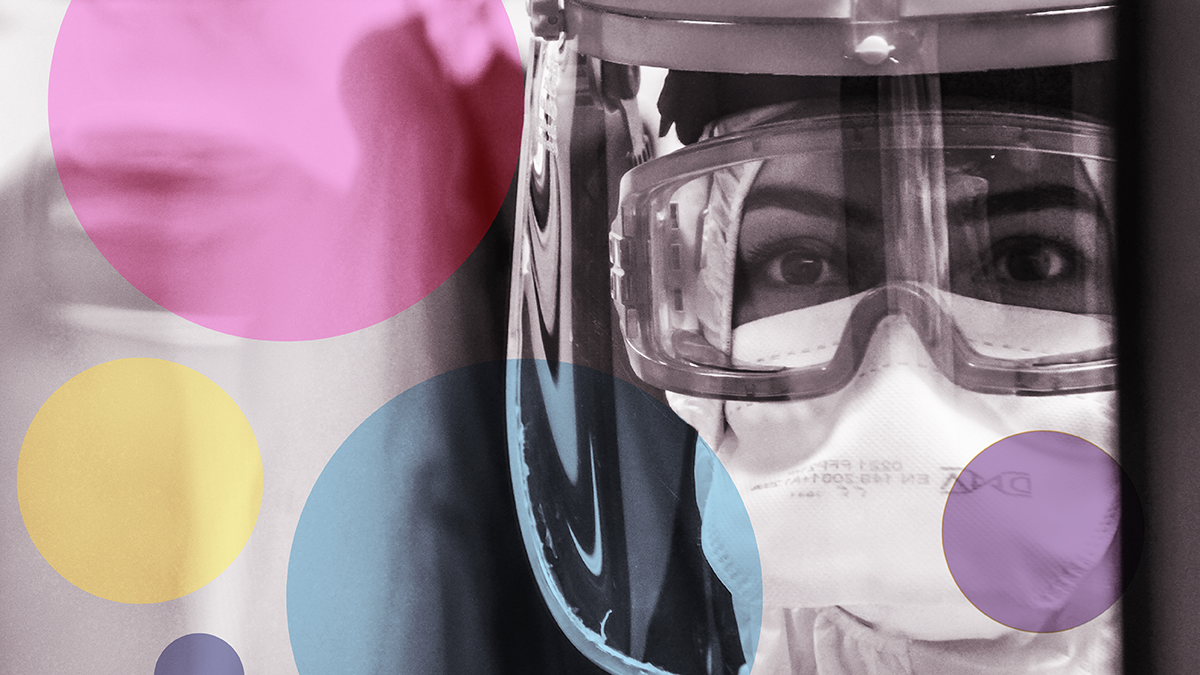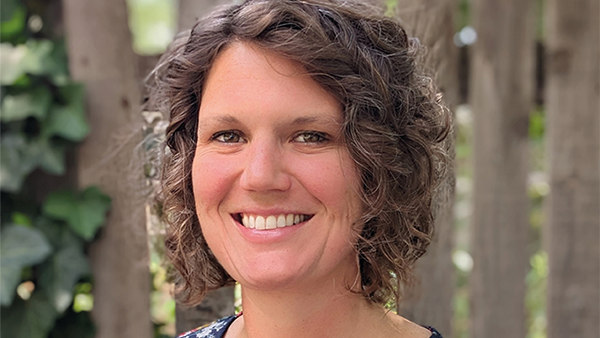What’s New in Infectious Disease?
From environmental bacteriophages to cap-snatching viruses, here’s the latest news in infectious disease
Flipping the script. A study has found multiple areas of concern in profiles of quaternary ammonium compounds (QACs) – a frequently used antimicrobial. Researchers discovered that exposure not only has chronic toxicological effects for vulnerable aquatic organisms, but also has a number of respiratory, immunological, and dermal implications for humans (1).
Making a splash. Researchers have conducted Typhi-specific bacteriophage surveillance in surface water bodies to identify typhoid endemic settings. The low cost tool proved there was a strong link between the presence of Typhi-specific phages in the environment and the burden of typhoid fever. The team hopes that environmental bacteriophages can be leveraged for the future collection of data on disease burden (2).
In it for the long run. New evidence reveals that mRNA vaccines initially produce higher neutralizing antibody (nAb) responses compared with the adenovirus-vectored vaccine, Ad26.COV2.S. However, after a period of six months, follow-up investigations revealed that patients who received the Ad26.COV2.S vaccine showed an increase in neutralization and, overall, had more nABs (3).
Breathe in, breathe out. Cavity-enhanced direct frequency comb spectroscopy – a novel laser-based technique – has successfully detected SARS-CoV-2 in real-time by identifying volatile molecules in exhaled breath. The researchers hope that the non-invasive method can identify other medical conditions – particularly those with respiratory, gastrointestinal, or metabolic origin (4).
No cap. Researchers have discovered that the enzyme MTr1 is essential for influenza A and B replication. In a process called “cap snatching,” the virus hijacks the cellular RNA molecules of MTr1 for its own replication. The team also found that trifluoromethyl-tubercidin (TFMT) successfully inhibits MTr1 in human lung explants, providing a potential molecule for the treatment of influenza (5).
This article originally appeared on our sister brand, The Pathologist.
References
- WA Arnold et al., “Quaternary Ammonium Compounds: A Chemical Class of Emerging Concern,” Environ Sci Technol, [Online ahead of print] (2023). PMID: 37157132.
- S Shrestha et al., “Detection of Salmonella Typhi bacteriophages in surface waters as a scalable approach to environmental surveillance,” medRxiv, [Preprint] (2023).
- AA Prather et al., “Predictors of long-term neutralizing antibody titers following COVID-19 vaccination by three vaccine types: the BOOST study,” Sci Rep, 13, 6505 (2023). PMID: 37160978.
- Q Liang et al., “Breath analysis by ultra-sensitive broadband laser spectroscopy detects SARS-CoV-2 infection,” J Breath Res, 17 (2023). PMID: 37016829.
- Y Tsukamoto et al., “Inhibition of cellular RNA methyltransferase abrogates influenza virus capping and replication,” Science, 379, 586 (2023). PMID: 36758070.





